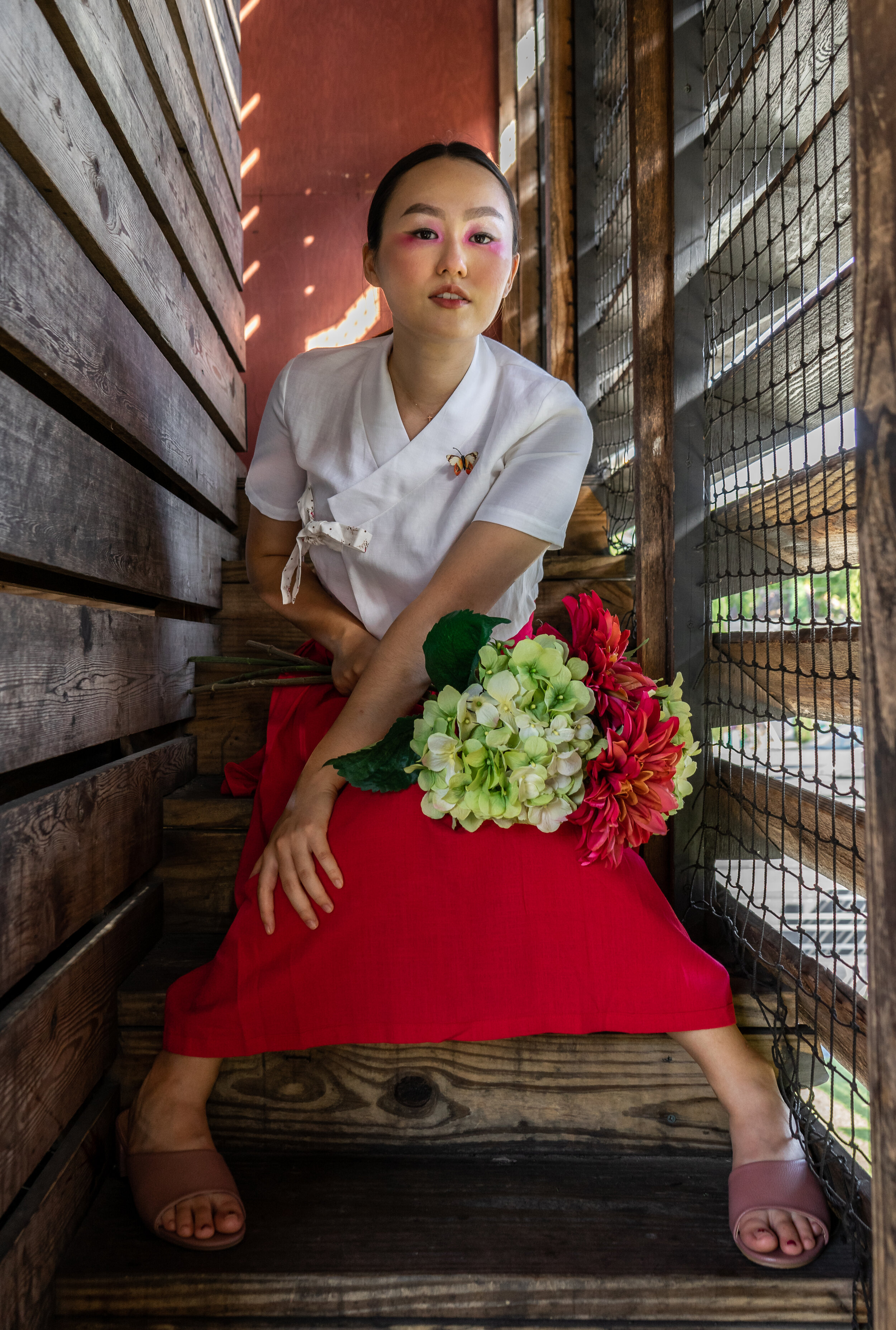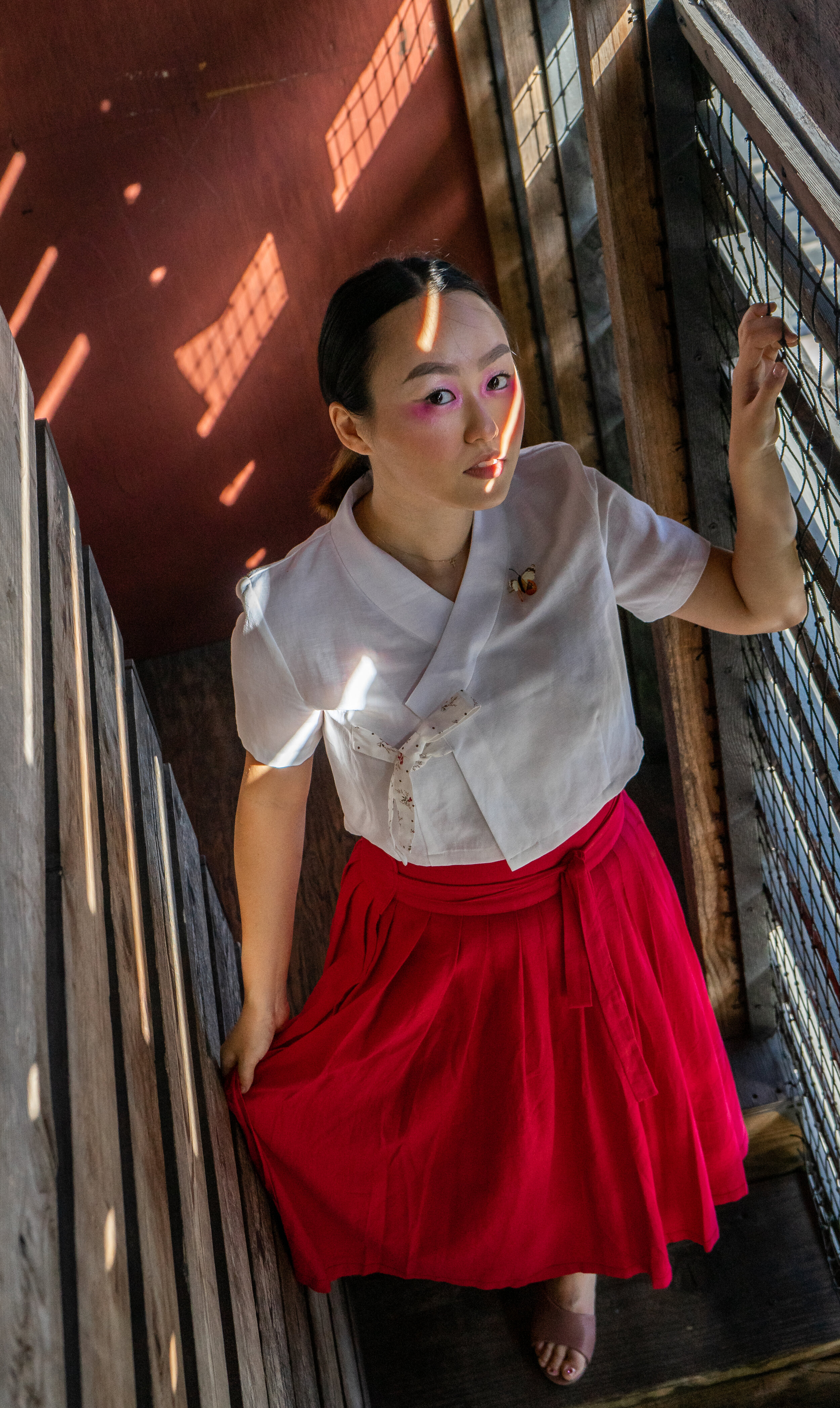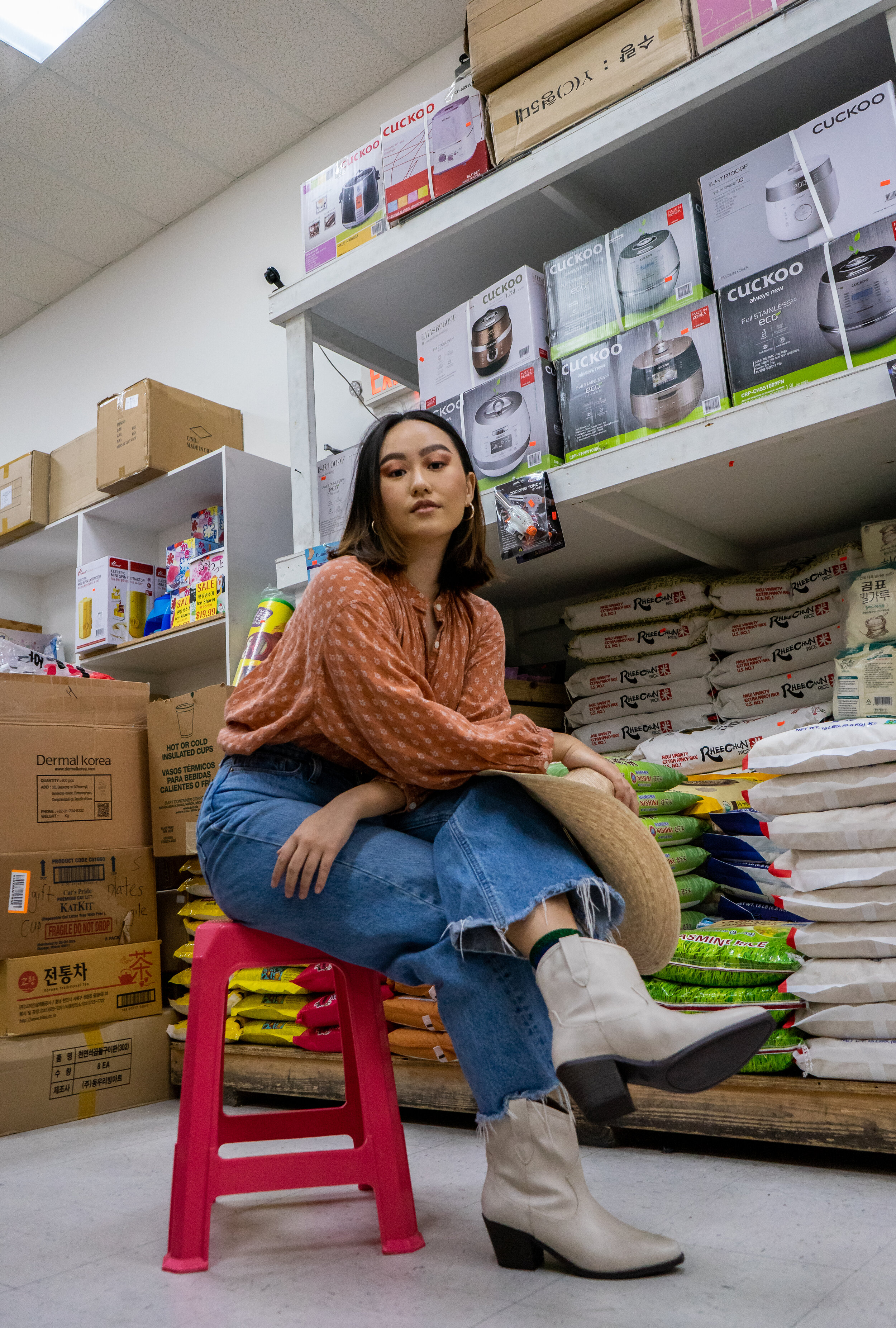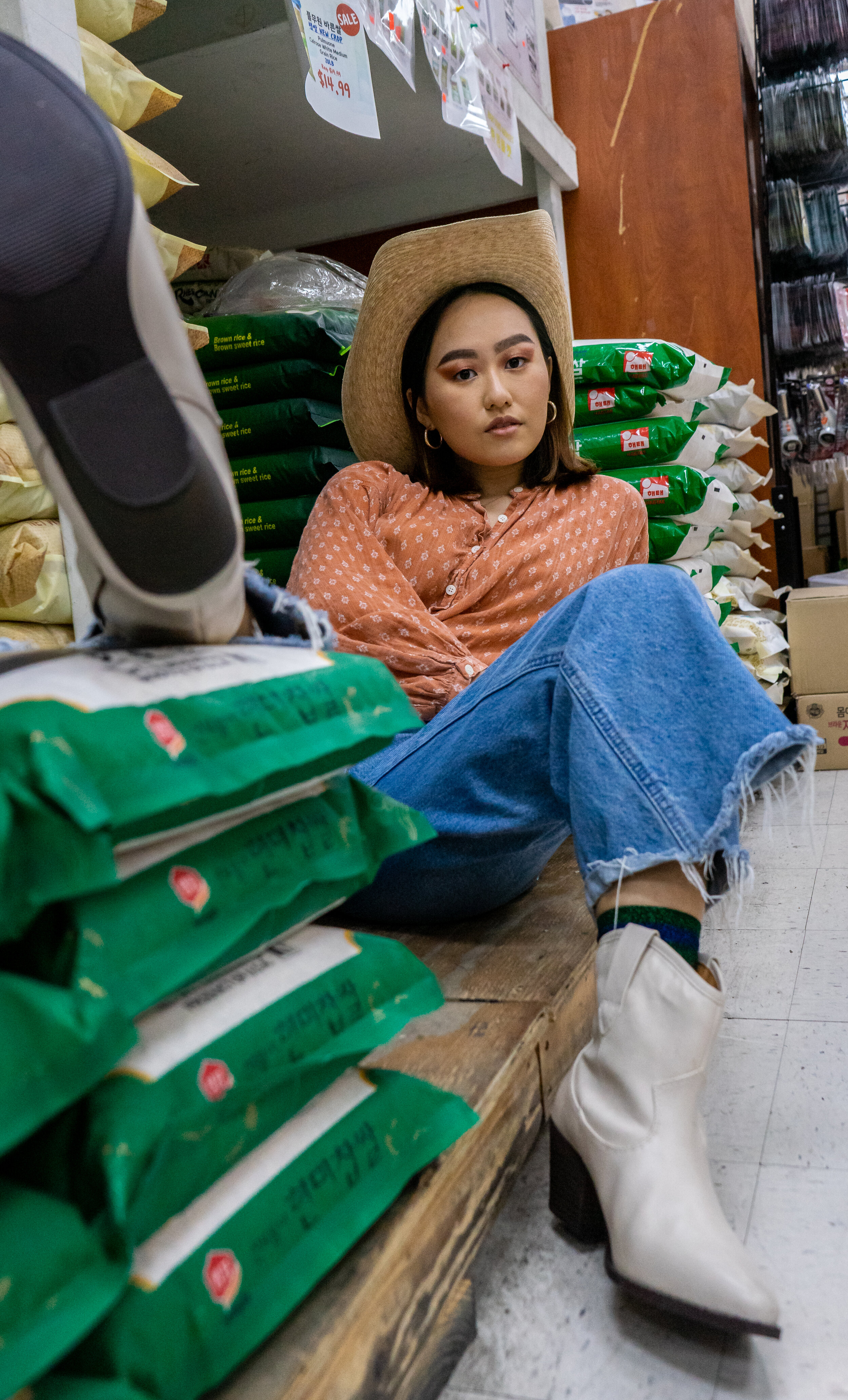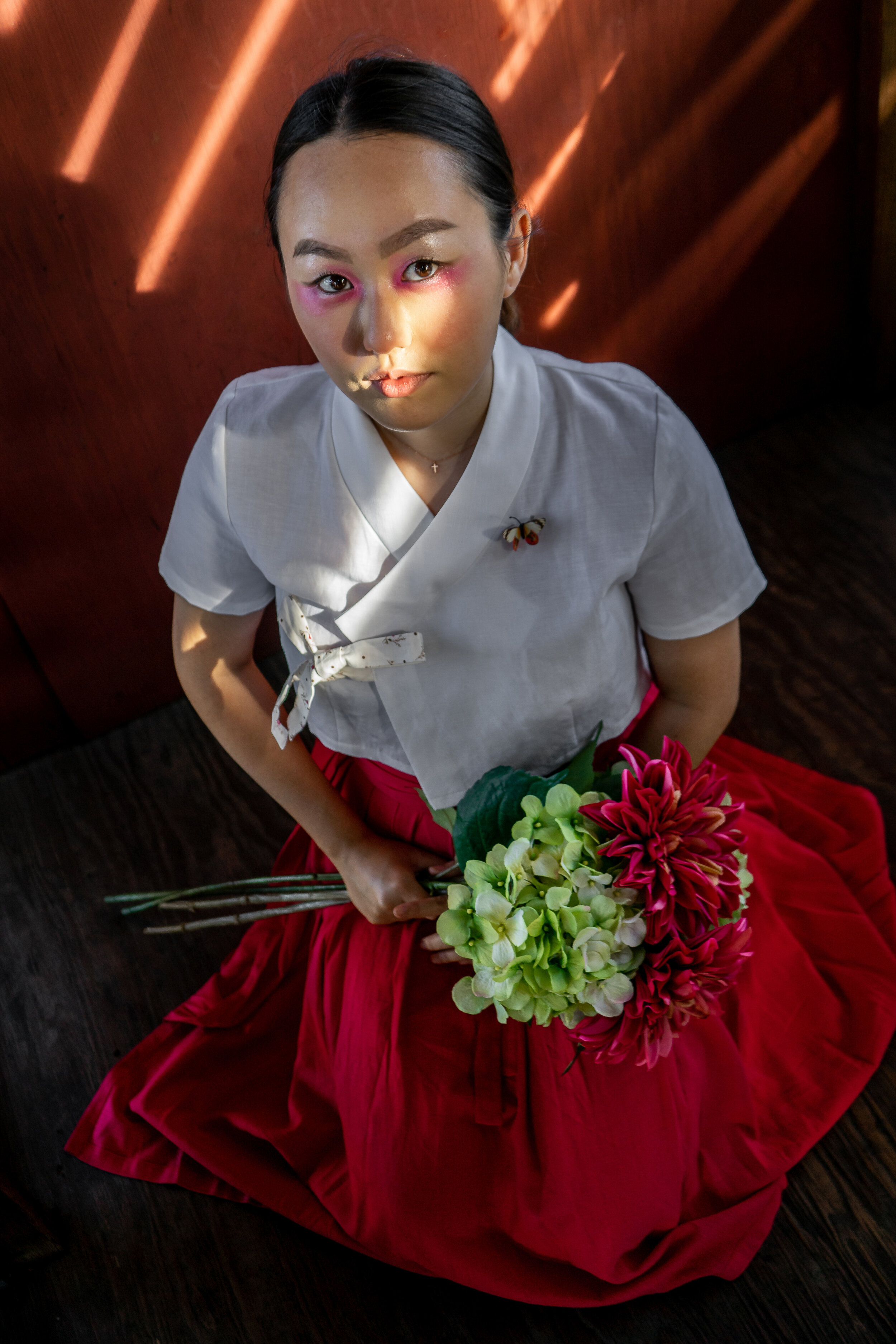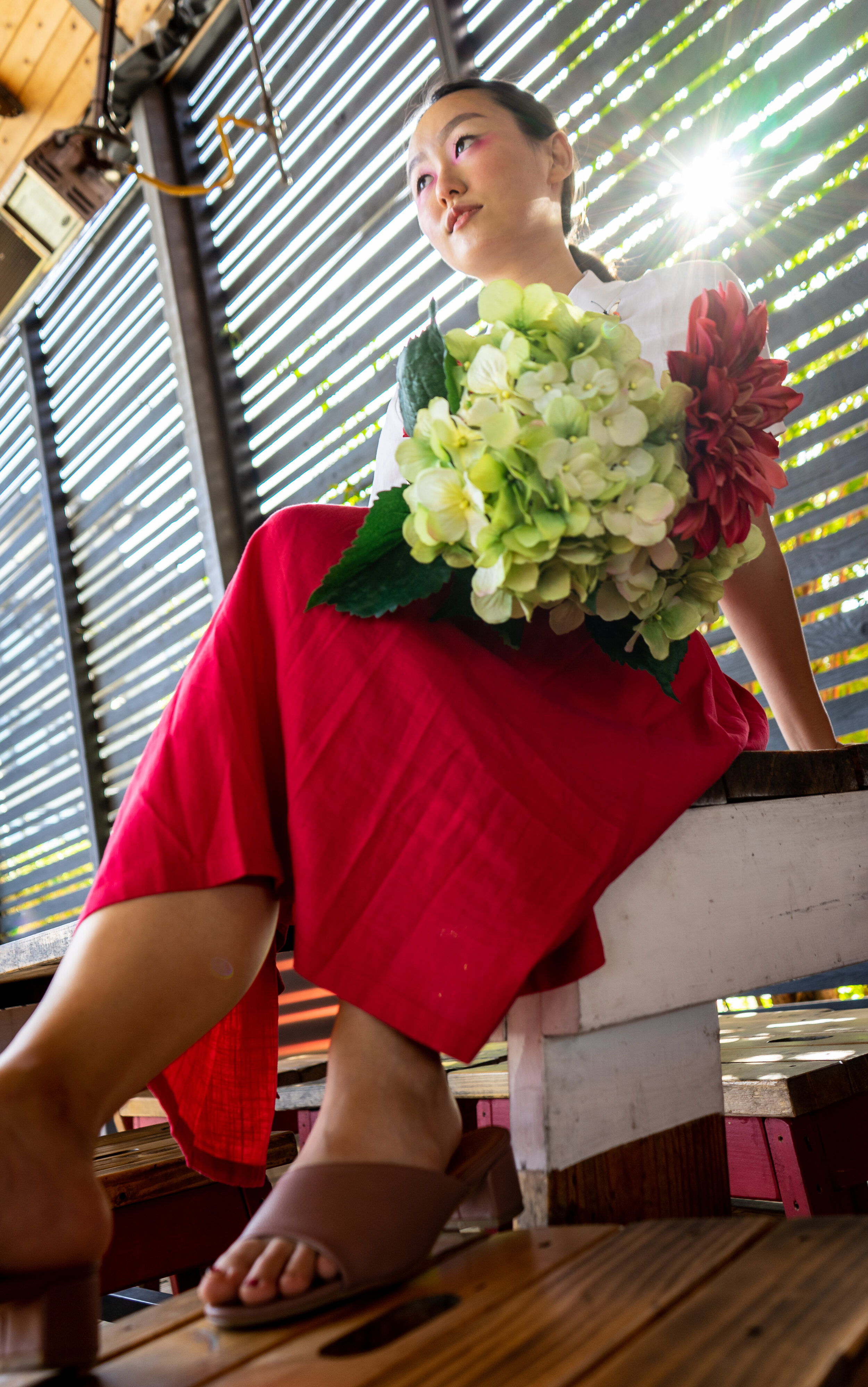An Asian-American Account in Middle-of-Nowhere, America
Pine trees. Country music. Friday night football. Welcome to Lufkin, a small city in the “heart of East Texas.”
Lufkin, Texas isn’t the tiniest place in the world. There’s a mall, a movie theatre, and a Planet Fitness. There's electricity in the air on game days, and there’s an unspoken connection among the community. Put simply, everyone knows everyone. This unique bond continues even when you move away, where you find yourself running into familiar faces in the most unexpected situations. The people here live simplistically and are content with it There’s nothing wrong with that; however I never felt any sense of belonging.
Story by Bailey Cho // @baileyhcho // pronouns: she/her
Photos by Joy Zhou // @jobby_joy // pronouns: she/her | GIF by Anna Sing // @annasingsong // pronouns: she/her
Unlike other major cities in Texas, my hometown is composed of a meager 2.2% Asian demographic, according to the 2010 Census. This statistic was evident growing up:
Pre-school, only Asian.
Elementary school, one of three.
Middle School, one of nine.
High school, one of fifteen.
With only a few Asian families around (and relatively no East Asians), I grew up in a state of subconscious isolation. I wasn’t aware that most American children didn’t attend tutoring in the second grade or that it was uncommon to learn piano at age eight. Korean culture exerted different expectations on me compared to my peers, which meant no one could truly relate to how I felt growing up. I don’t remember when I realized this revelation because kids aren’t fully aware of ethnicity or culture until a certain age, but it’s an overwhelming epiphany. Once you realize how different you are from others, you are constantly aware of that moving forward. This was especially troublesome as a child, when I just wanted to fit in somewhere. It didn’t even matter if it was the ‘popular’ group in school — I just wanted to feel like I was accepted by people that understood me, and therefore respected my culture.
Throughout middle school, I never felt that sense of connection with anyone. Sure, I had friends who I hung out with, but they didn’t call their mom ‘eomma’ (엄마) or take off their shoes when they entered their homes. They didn’t have hooded eyes that were frequently mocked by their (non-Asian) peers. Conveniently, I also embodied the awkward middle school years with glasses, braces, and acne. The insecurities I felt were only further fueled because no one looked like me. I believed any cultural differences would make me stand out more, in the worst way possible. To combat this, there was only one solution — assimilate as best as possible as an American, and minimize the ‘Korean’ side as a Korean-American.
When my non-Asian friends would visit for a sleepover, I let them enter the house with their shoes on (a huge NO for all Asians!). If I was out in public and my mom gave me a phone call, Konglish was out the door, and I only spoke in perfect English, even though she couldn’t understand me as easily. This behavior continued into my freshman year of high school, when I realized most of my non-Asian friends weren’t enrolled in AP classes. I’ll never forget the angry tears shed as I argued with my mom to let me switch to regular courses on the first day of school. I just wanted to be with my friends. I just wanted to belong.
My self-confidence shifted midway through high school. There was not a clear moment or a single factor that encouraged me to embrace who I am. Self-acceptance develops overtime, and it’s something we must constantly work on. It is not an all-encompassing emotion, with a one-size-fits-all solution either. Accepting certain parts of myself took almost a decade, and I still have insecurities today. But self-love is a long process, and one of the few shared experiences we all endure.
In the end, I do remember developing an interest in K-pop during my junior year. I became close friends with other Asian-Americans at my school. I grew up and realized that my differences are actually an advantage. This is what allowed me to fully embrace both Korean and American culture; it didn’t just emerge from engaging with one side. I became aware that there is no one like me in the entire world — no one with my exact experiences, emotions, and thoughts — and I can only live to my fullest potential when I am true to myself.
Fast forward three years later and my best friend recently revealed that kids who currently attend my high school love the Korean band BTS. Some have even learned to speak and write in Korean. I never imagined people in my hometown would openly consume Korean culture, and in a way, this news is closure. I grew up believing that my culture was something to hide or be ashamed of, but I now realize that my culture was not the issue, concealing my Korean-American identity was.
Growing up in the middle-of-nowhere, I often felt self-conscious. Everyone experiences this during adolescence, but it is amplified through actively trying to be someone you are not. Although my hometown is a reminder of this identity struggle — and many boring nights hanging out in parking lots — I don’t wish that I grew up anywhere else. Accepting my Korean-American identity is what I am most proud of today, and that would never have been possible without facing hardships.

